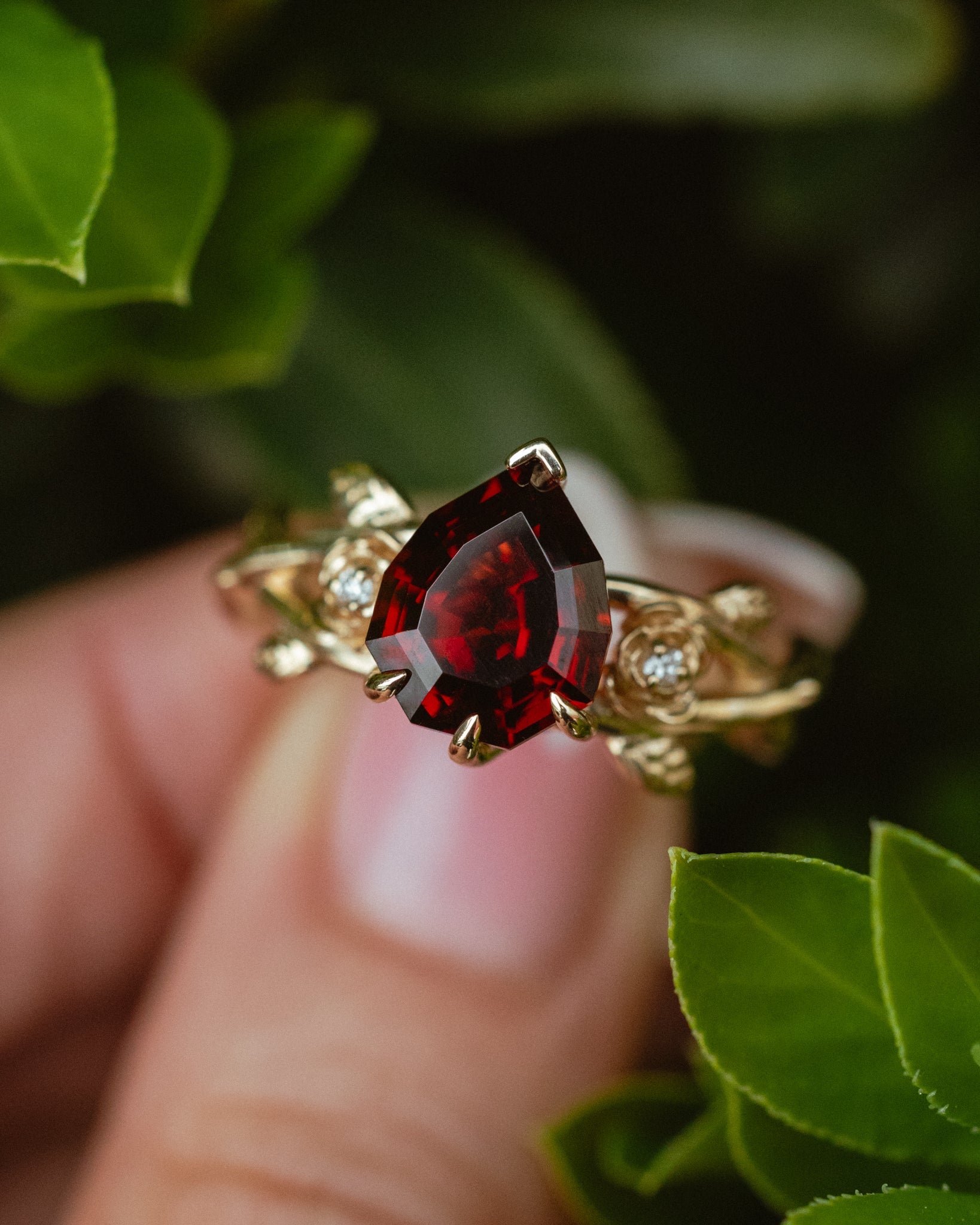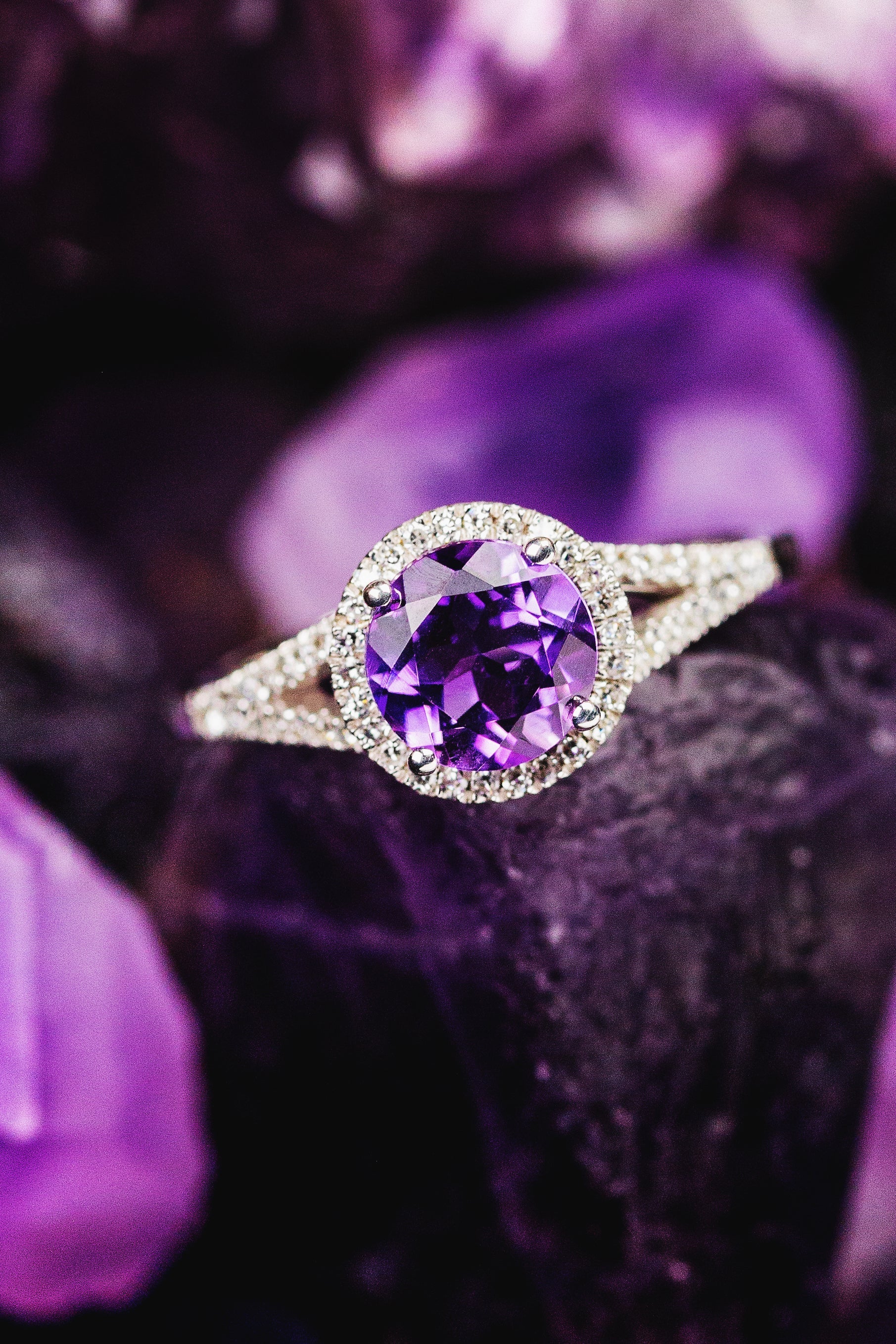
January's Birthstone, the Garnet: 5,000 Years of History and Magic
Birthstones Celebrate Life
The birthstone that symbolizes the month we were born celebrates our personal existence in ways no other jewelry item can. The history and mystery that exists around how and why these beautiful precious and semi-precious stones became associated with our birth months is extensive. That history can be traced from the beliefs surrounding the biblical Breastplate of Aaron, where 12 embedded stones symbolized the 12 tribes of Israel, to the Roman connection of these same stones with the 12 signs of the zodiac.
That connection was the first known link of jewels with the calendar, but the Roman fashion was for someone to own a set of at least 12 jewelry items, one for each zodiac sign, and wear them at the appropriate times. Polish jewelers in the 16th and 18th centuries were apparently the first to designate a specific birth month that could be celebrated through a gift of a jewel, and American jewelers formalized the 12 stones that would each represent a birth month in 1912. All the first-named stones remain on the list, often called the "traditional birthstones." A number of months have added more stones in the years since, with some months having as many as three, and these are called "modern birthstones."
January's sole birthstone, however, has been the garnet for more than 100 years. In anniversary lists that include gemstone connections, the garnet is always connected with the second anniversary.
January: The Garnet
When most people think of a garnet, they think of a deep red stone, and red garnets are often confused for the ruby. However, the garnet is the only birthstone which can be found in almost every color of the rainbow. The Demantoid garnet, a beautiful stone which varies from yellow green with fire that is commonly said to outshine a diamond to a deep green, is one of the rarest gems in the world, along with alexandrite and tanzanite. Garnet is the only traditional birthstone included on that list, as both the others were added in more recent years.
The garnet most used in jewelry is the familiar, reddish-brown almandine, often found in India. Other variations include:
- The reddish-purple rhodolite, which can be found in Sri Lanka;
- The Orange Spessartite, which can be found in Namibia, Afghanistan, Pakistan and Myanmar;
- Green Tsavorite, which can be found in Kenya and Tanzania;
- Andradites, which may be green, yellow or black garnets, and which can be found in a number of areas.
The History of the Garnet
Garnet jewelry has been found that is more than 5,000 years old, dating back to prehistory and the Bronze Age, as well as in Ancient Egypt, Rome and Greece. The name of the stone can be traced back to the Latin granatus, translated as "many seeds." Though it can't be proved, many scholars believe the name of the jewel was derived from its resemblance to pomegranate seeds, especially when the stones remain uncut. That resemblance also marries the garnet with the eternal relationship symbolism of the pomegranate.
Symbolism
The resemblance of the garnet to the pomegranate seed makes it part of the mythology of the pomegranate's association with the Greek god Hades and his wife, Persephone. When Hades first took her to his underworld home, he offered her a pomegranate, and by eating those few pomegranate seeds, Persephone was forever tied to the underworld, returning every spring to be with her husband. The symbolism mythologized by the fruit invested itself in the garnet, tying it to the belief that marriage was a lifelong bond. Hades, as the god of the underworld, mourned each year as Persephone left to be with her mother, and celebrated each Spring as she returned to him.
Belief
While garnets have been used as jewelry for millennia, there have also been dozens of belief systems over the centuries that invested the garnet with powers that ranged from healing to the ability to prevent drowning. Other beliefs included the ability of the garnet to warn the wearer of danger by losing its shine, and the belief that the power of red garnets gave the wearer the ability to survive any wound.
Current beliefs around garnets are based in the human fascination and focus on the ability of crystals to provide emotional support and healing. These beliefs are found in almost every culture throughout the world. Many practitioners believe in the ability of garnets to revitalize relationships, diminish self-consciousness, soothe distress, increase poise and decrease stress, among many other attributes.
How to Grow a Garnet
The ingredients needed to produce a garnet are shale, heat and pressure. However, all the different colors of garnet are a signifier that each is composed of a different set of chemicals that were present as they are being formed. Garnets can be found all over the world, wherever shale is subjected to those processes. If that sounds much like the way that diamonds are formed from carbon, that's correct. Miners and geologists searching for diamonds call a specific type of garnet an "indicator mineral" for the presence of diamonds. In fact, diamonds in Canada were found by tracing garnets that had been carried by ice far from their origin.
Creating Jewelry With Garnets
Staghead Designs will work with you to make a design that will be meaningful to your relationship. For inspirations for your design, see our collection of engagement rings at Staghead Designs.



